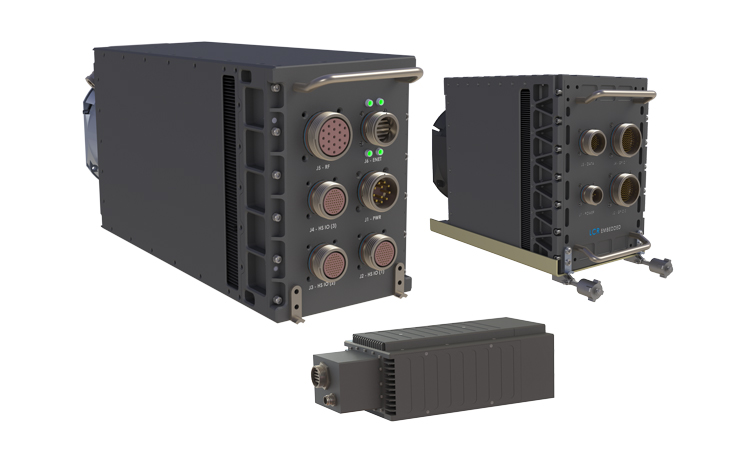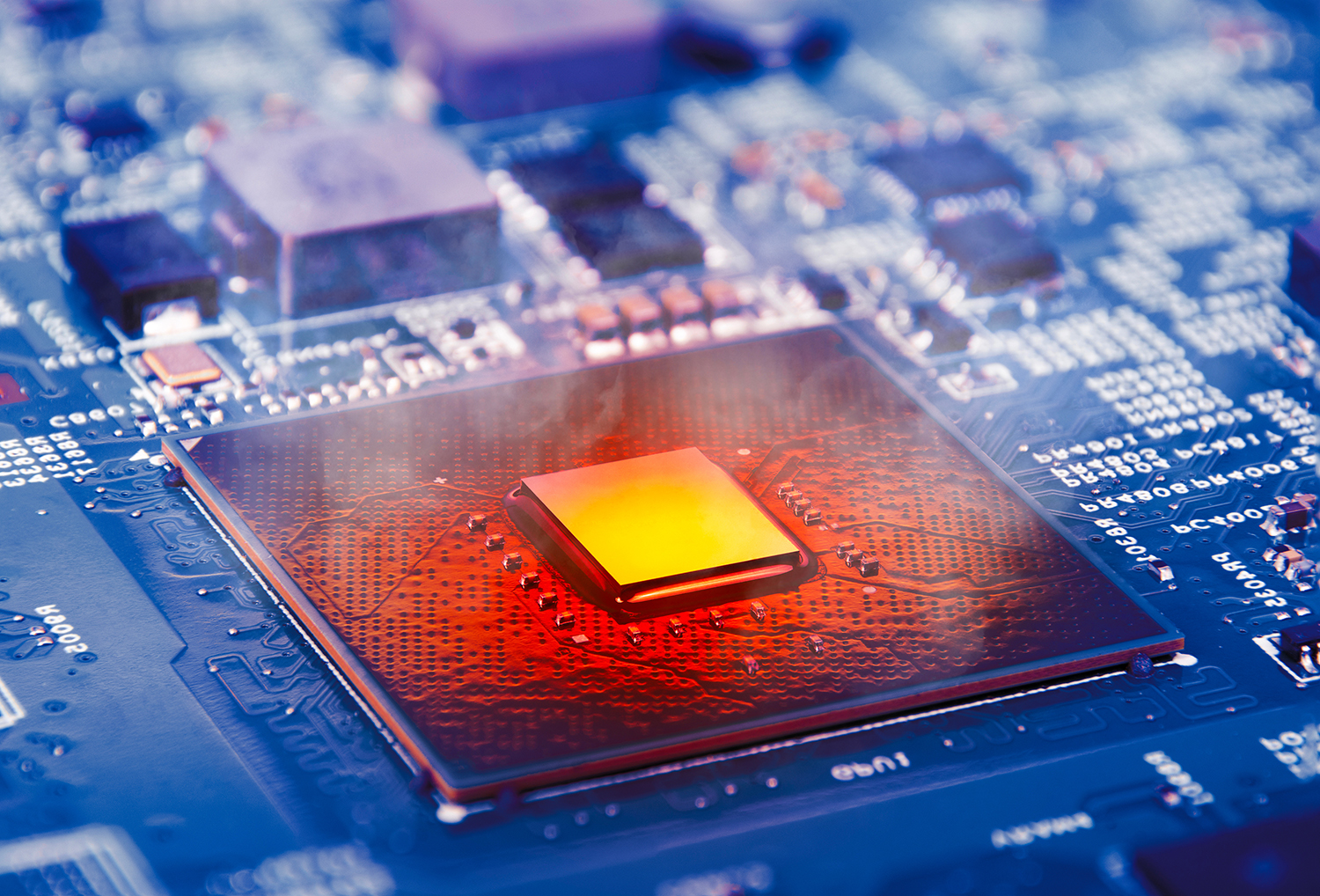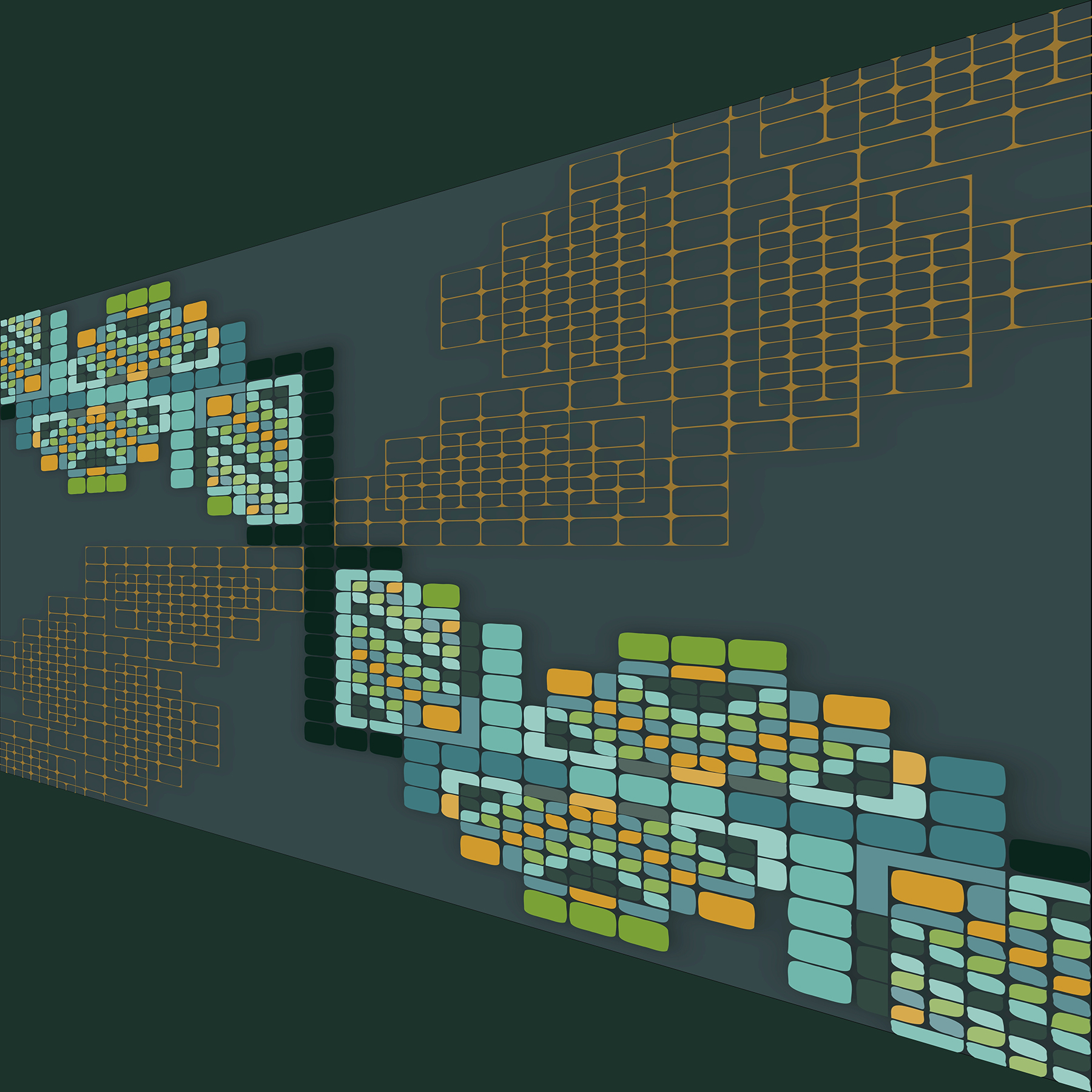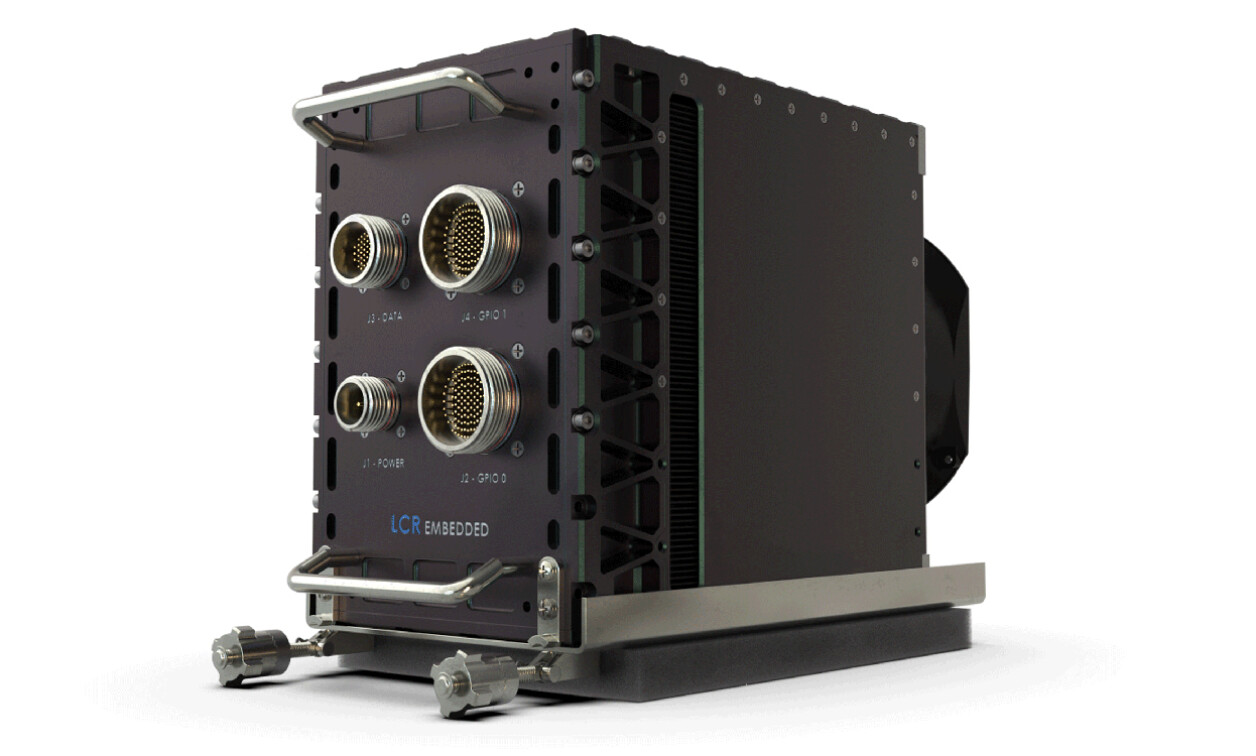[from VMEbus Systems October] In the past few months, I have seen two market research reports concerning VME. The numbers are different, and so are the growth rates. We do not do market research at VITA, so it would be suspect for us to contradict either without our own research to back up our opinions. But, what I have done for many years is to take the market research numbers from the research companies, average them, and talk about whether the averages make sense, based on what we do know at VITA.
Since both of these companies make their living selling reports, I will not put their specific data here. I will concentrate on their big picture data and their predicted growth rates. One research company says the VME market is about $700 million, and declining at about a -5 percent Compound Annual Growth Rate (CAGR). The other report says the VME market is more than $1 billion, and is growing at about 7 percent CAGR. Now, how big is the VME market? The average says about $850 million worldwide. Personally, I think it is larger than $900 million, based on what I see. If you add up the sales of the top 8 to 10 VME suppliers and make some assumptions about the smaller companies, you will probably come up with a similar number.
As for the growth rates for VME, the average says our market is growing about 1 percent, but in my opinion that is far from the truth. The VME MIL/COTS market alone is growing at better than 15 percent and according to my math, MIL/COTS represents about 48 percent of the total VME market. One of the reports also says that there is growth in other VME segments (for example, industrial, medical, transportation, scientific, test and measurement, automotive dynamometers, and so on). I believe the VME markets are close to $1 billion worldwide and growing at 5 to 7 percent.
The numbers on the VME MIL/COTS segment for 2006 run from a high of $550 million to a low of $405 million (worldwide markets). The average is about $475 million. I think this is close to the truth for several reasons. First, we have seen a slowdown in MIL/COTS spending in the second quarter of 2006. Our government is paying for bullets, boots, and butter, not new systems. Secondly, our government had to pay for Hurricane Katrina damage (through FEMA) in New Orleans and Mississippi. So, the federal budget is in a squeeze and less money has been spent on new systems this year. However, we are still seeing VME sales rise in this segment, just not as rapidly as before.
Over the years, the market research reports I have reviewed claimed that VME was being replaced with commodity desktop technologies such as CompactPCI, PICMG 2.16, AdvancedTCA, slot card, motherboards, and other flavors. While I can certainly see where a lot of machine control went to motherboards, it has not been a wholesale design out of VME, as their reports seemed to suggest. Many industrial applications are simply sequencers and even a PC can do that. But, there are too many high-end applications that PC technology cannot handle. I see them constantly in machine vision, the lumber industry, plywood manufacturing, semiconductor testing, and handling. These are all hard real-time applications that motherboards and PC-derivative architectures cannot accomplish. PCs cannot meet the event-driven response time demands of many industrial applications. The nature of these high-end applications was overlooked by the researchers because they did not have the technical background to see that other architectures cannot meet the processing requirements and real-time deadlines. And, the researchers had no real understanding of the VME MIL/COTS markets and severely underestimated them. I am reminded of what Mark Twain said when the press mistakenly printed his obituary, “The reports of my death are greatly exaggerated.” I feel the same way about what the market researchers have said about VME – it’s dead wrong.
These reports do not seem to consider the macro environment. When a user decides to change architectures in their applications and replace VME with something else, that decision is not made emotionally. It depends on the purchase price of the replacement technology and the Return On Investment (ROI) this change promises. When you leave VME and change to another architecture, all the software must be rewritten and debugged. From my reading, the cost of the software transition is 5 to 10 times the cost of the new hardware. When the cost of money (the interest rate) was at 3 to 4 percent, you could justify changing architectures and redoing your code. But in the past few years, we have seen interest rates rise dramatically. The cost of money today is around 8 percent, not 4 percent, so a change in architecture and a rewrite of all the code is much harder to justify on an ROI basis. In my tenure as a CEO in this industry, I can tell you that I would not make any major changes and assume a lot of risk without seeing a clear ROI equal to or greater than my Gross Profit Margin (GPM). If I am now making 30 to 40 percent GPM on my investments, why would I change my architecture and software for a 10 percent return? It makes no sense from a financial perspective. That is why the VME market continues to grow: It is very profitable for the manufacturers, and the users have little incentive to change to another architecture for either financial or application reasons.
These market reports also cover the other 3U and 6U PCI/fabric-based architectures and their market sizes, but I am not going into detail with those numbers here. Suffice it to say, they all add up to less than 50 percent of the size of the total worldwide VME market. These other architectures have been aimed at the telecom equipment segment, and we have seen tremendous change in telecom in the past year. Marconi Telecom was bought by Ericsson. Alcatel is taking over Lucent. Nokia merged their telecom equipment division with Siemens Telecom. Huawei and ZTE have been very aggressive as they have entered both the wireline and wireless infrastructure equipment markets. Samsung announced they are entering the telecom equipment markets. At the same time, we have seen the U.S. telecom service providers merge. We have three large telecom service providers in the United States now, and a weak provider with financial problems (AT&T, Verizon, SBC, and Qwest).
These mergers in telecom say that the market for those other 3U/6U boards is about to explode. Or, it says that the market for those boards is shrinking dramatically. You can make your own decision about that. We have seen 24 VME companies in the MIL/COTS segment bought in the past 20 years at multiples as high as 3.5x (purchase price divided by the product sales of the company). I have seen only about seven telecom-oriented board companies bought in this same period, but at very low multiples (less than 2x sales).
I think we are at a tipping point in this industry now. I believe that VME will continue to grow and prosper, especially in the MIL/COTS and industrial segments. I think the telecom equipment industry could be overtaken by the Asian manufacturers noted earlier, but we’ll have to wait and see. One of the reports I have referred to here is starting to declare VME alive and well, and retract VME’s “obituary.”
Let’s see if the other market research firm comes to the same conclusion and also says that VME is the land of growth and prosperity. But, we have known all along that the VME ecosystem was prosperous, growing, and profitable for its manufacturers and for its users. So, a retraction of VME’s “obituary” and a declaration that VME is alive and well would come as no surprise to me.










